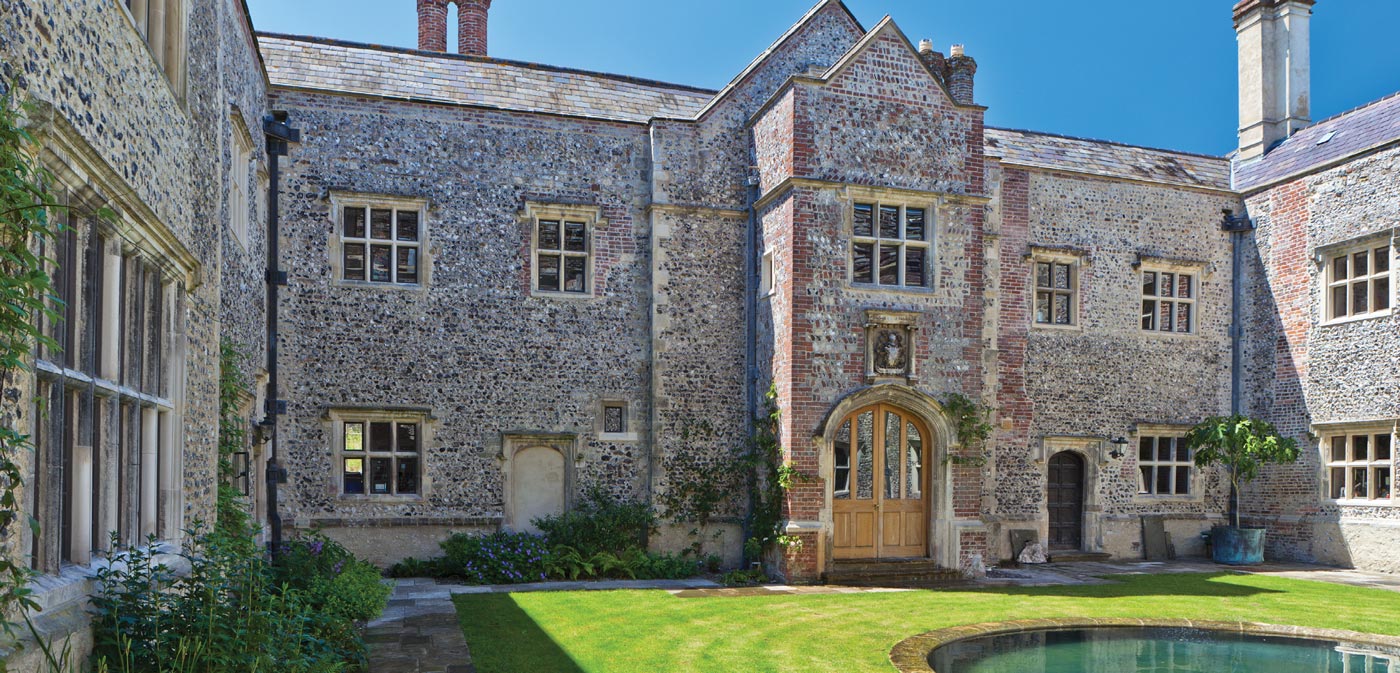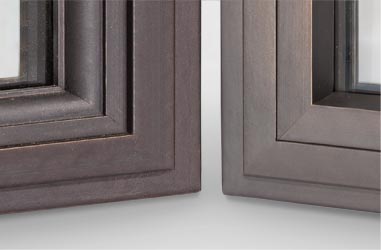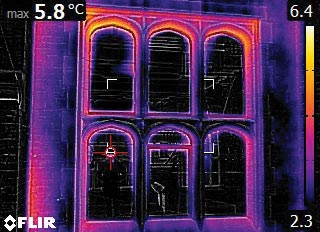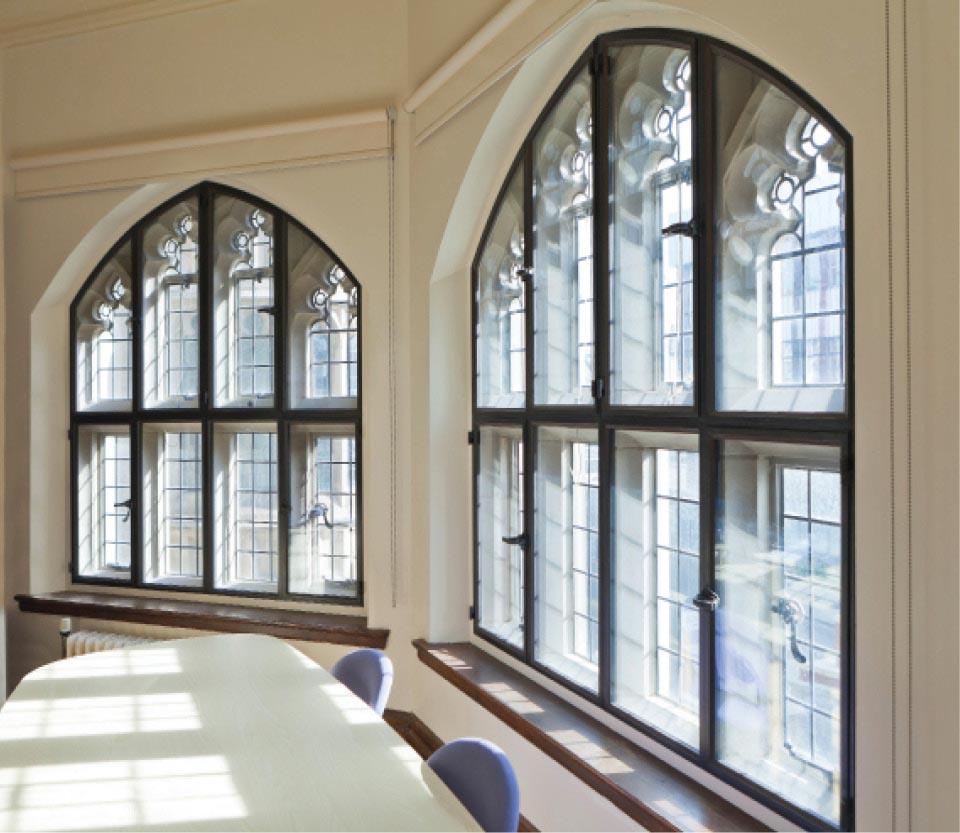brochure 01476 249494


Published: 5th July 2023

Listed buildings hold a special place in the UK’s architectural and cultural heritage. These structures are recognised for their historical or architectural significance, they require careful consideration and following of specific criteria when it comes to renovations and alterations.
When it comes to replacing windows on listed buildings, it is essential to strike a balance between preserving the building’s character, respecting historical significance and improving energy efficiency.
This article is aimed at explaining the importance of preserving these buildings and how it may affect the choices you make.

In the UK a listed building is a structure that has been officially recognised and legally protected for its special architectural, historical, or cultural significance. Listed buildings are categorised into different grades based on their level of importance:
Grade I: Buildings of very exceptional national importance. They are considered to be of outstanding architectural or historic significance.
Grade II*: Buildings of more than special interest. They are considered of significant architectural or historic merit and require careful preservation.
Grade II: Buildings of special interest. This is the most common grade for listed buildings and includes a wide range of structures considered to be important.
When working with any listed building, it is important to familiarise yourself with the building’s listing status and the specific elements that contribute to its significance. Review any restrictions or conditions outlined in the listing description that relate to windows or exterior alterations.
Listed Building Consent is the primary consent required for alterations of any kind on listed buildings and is a legal requirement in the UK for any proposed alterations, including window replacement.
The purpose of Listed Building Consent is to ensure that changes to the building do not compromise its architectural or historic significance. The consent is granted by the local planning authority, typically in consultation with conservation officers or heritage professionals.


The most important consideration is to ensure a clear understanding of historical significance and the architectural style of the building. Assessing existing windows to determine their original design, materials, and craftsmanship will ensure that any replacement windows match the character and appearance of the originals as closely as possible, thus demonstrating thought to preserve the building’s character and architectural features.

Ensuring that you select a design and materials that are sympathetic to the original windows and the building’s period will help replicate the character, appearance, texture and durability of original materials as closely as possible.
Your selection of ironmongery will also play a crucial part in blending new windows in with old. Traditional materials like wood or metal are often preferred, and modern alternatives such as uPVC may be discouraged.

Whilst preserving the historic character is crucial, energy efficiency and performance of the windows should not be overlooked. Seek a balance between authenticity and modern standards by selecting appropriate glazing options, insulation, and weather stripping. Demonstrate the need for energy efficiency with the requirement to preserve the building’s historical fabric. Explore options that can improve energy efficiency without altering the external appearance.
Architectural Bronze has been used in window construction for centuries making it an incredibly sustainable choice. It needs no galvanising or powder coating and can be extruded in fine and delicate sections.
It is particularly suitable for listed buildings due to its visual resemblance to traditional frames, and therefore the use of Architectural Bronze can demonstrate a commitment to meeting the requirements of Listed Building Consent.
Bronze Casements can provide long-lasting performance and require minimal maintenance, ensuring their longevity in preserving the listed building’s architectural heritage whilst also incorporating modern energy-efficient features.
This project features Sir Christopher Wren’s Grade 1 Listed Temple Bar - the only surviving gateway to the City of London which originally stood at the junction where the Strand meets Fleet Street for 200 years.
Today, Temple Bar has been rebuilt at Paternoster Square, opposite St. Paul’s Cathedral in the heart of London.
Architectural Bronze were proud to have been chosen to produce the ornate bronze window which features central to the monument.


This option involves creating replicas or matching the original design, ensuring that the new windows closely resemble the originals.
Architectural Bronze Casements have developed a Heritage System purposely designed to be suited to heritage properties, where fine sightlines and aesthetics are a consideration. The Heritage system can be curved and bent to follow the contours of existing openings. Bronze Casements can incorporate traditional or mock leaded lights into the window design and have previously designed windows with saddle bars and various glass options to maintain historical aesthetics.


Where Listed Building Consent is particularly difficult and it is essential to maintain the integrity of existing windows, one option to enhance energy efficiency without altering the external appearance of the building is with the use of secondary glazing.
This solution involves installing an additional layer of glazing to the existing windows.
Architectural Bronze secondary glazing is designed with fully insulated double glazed units offering exceptional performance and draught-proofing. It will also provide excellent soundproofing which is particularly beneficial in city buildings.











Architectural Bronze have decades of experience and expertise in designing and making bespoke bronze products.
Contact us today to learn more about how we can help you bring your project to life.